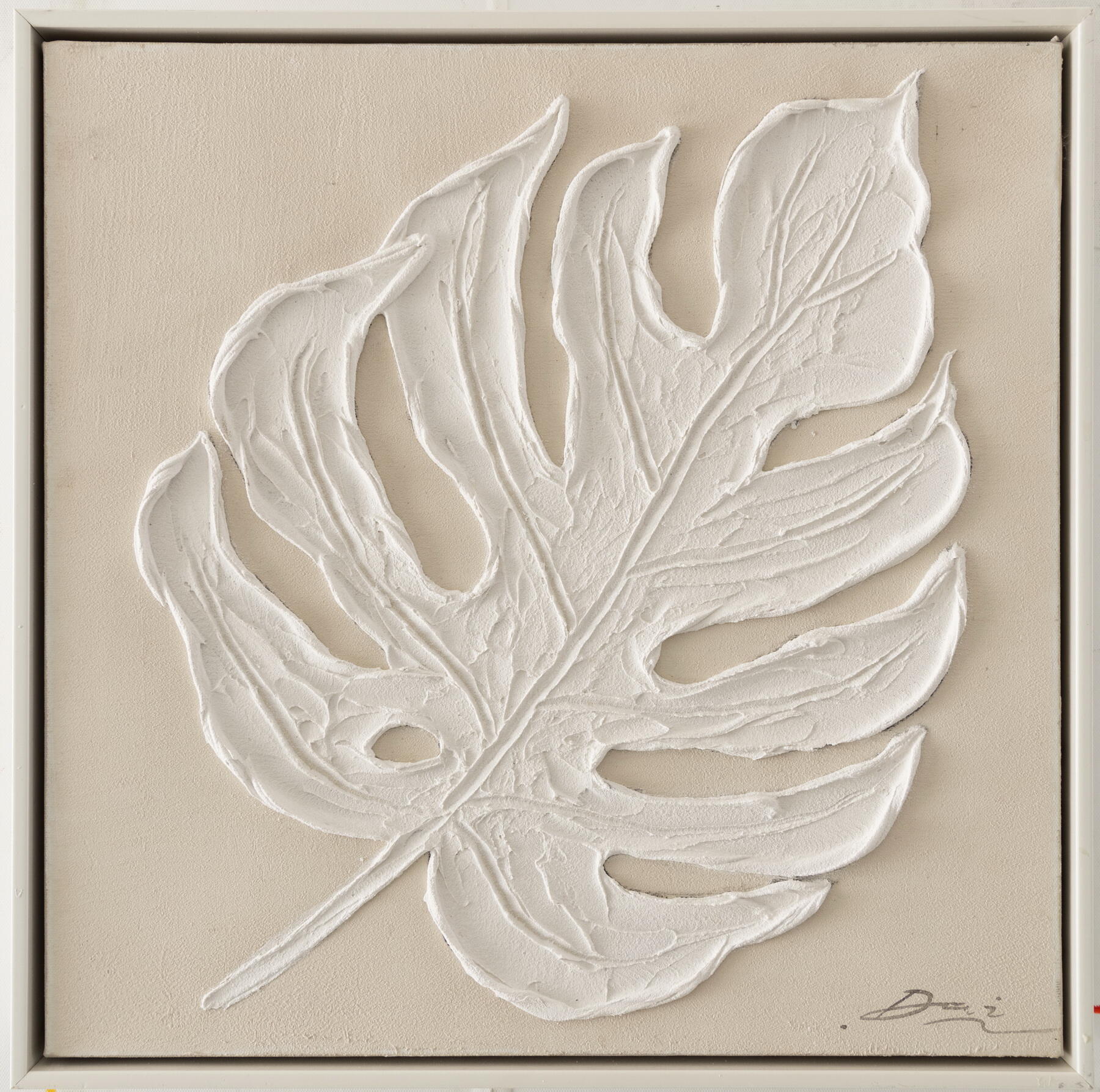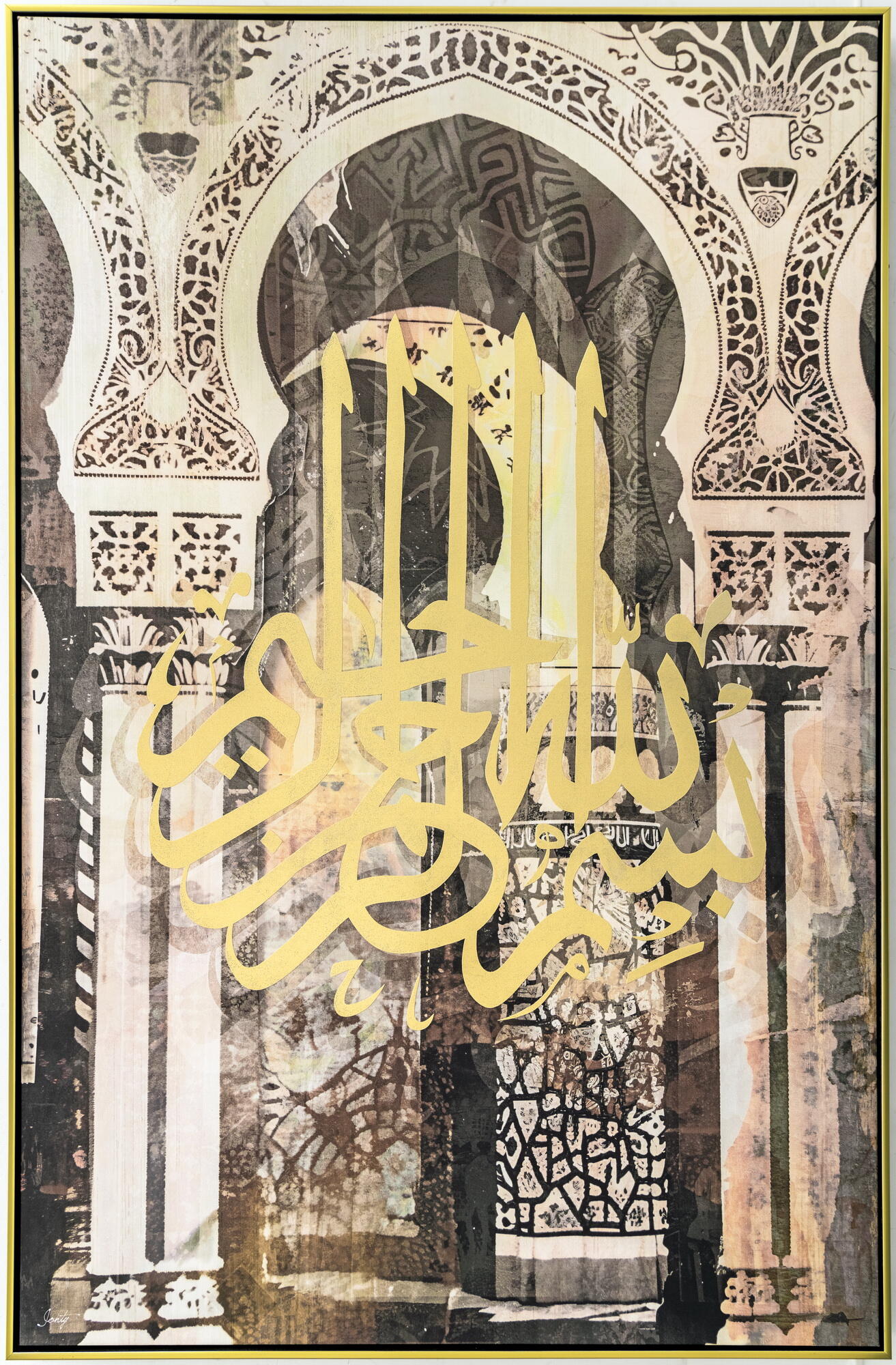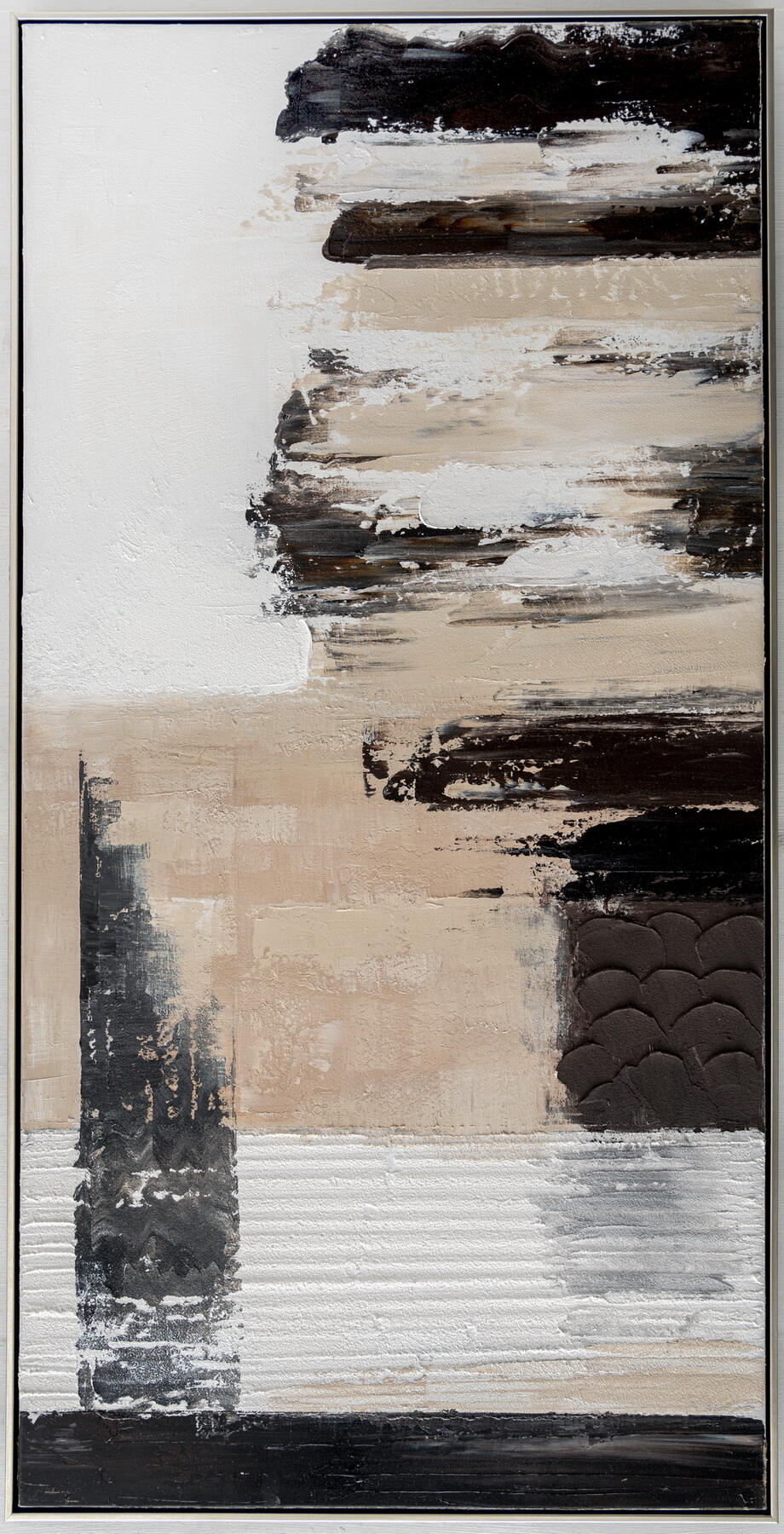3d oil painting
3D oil painting represents a revolutionary fusion of traditional artistry and modern technology, offering a unique approach to creating textured, dimensional artwork. This innovative technique combines classical oil painting methods with contemporary 3D printing technology to produce artwork with genuine physical depth and texture. The process begins with digital modeling, where artists create a three-dimensional base structure that serves as the foundation for the painting. This structure is then printed using specialized 3D printing technology that can accommodate oil-based paints and mediums. The resulting surface provides artists with an unprecedented canvas that features actual physical depth and topography. Artists can then apply traditional oil painting techniques to this three-dimensional surface, creating works that literally rise from the canvas. The technology allows for precise control over texture depths, ranging from subtle variations to dramatic relief effects, enabling artists to achieve effects that were previously impossible with conventional painting methods. The finished pieces offer viewers not just visual depth, but actual tactile dimensionality that can be appreciated from multiple angles and under varying lighting conditions. This technique has found applications in fine art, interior design, and architectural decoration, offering new possibilities for creating immersive and engaging artistic experiences.


